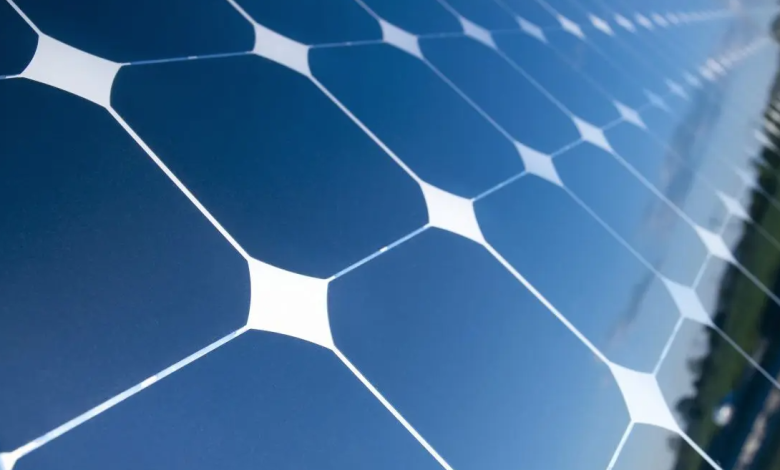Ukraine, Brussels to raise EU targets on renewables
EU targets on renewables updated in 2021
(Sustainabilityenvironment.com) – Accelerate the energy transition even further to reduce Russia’s energy dependency faster? Or soften EU targets on renewables, slow down the Green Deal, and still rely on fossils to overcome the energy crisis unleashed by the invasion of Ukraine? The debate in Europe started on the very day of the invasion and is splitting the 27. And it will break them even further after the Commission’s entry into the field with two simple words: more renewable.
It has announced yesterday Frans Timmermans, vice-president of the executive EU with a delegate to the climate. The Commission is working on the details of the EU Repower Plan to be presented in May and will contain indications for transforming the EU energy system to address the Ukrainian emergency. And in that document, the Commissioners could revise the EU targets on renewables upwards. At the beginning of March, the Commission had already presented guidelines for the EU Repower Plan, which aims to cut energy dependence on Russia by 2/3 by the end of the year. But without giving precise indications or numbers on wind and photovoltaics.
“What we are going to do in the next two weeks is work on what I call the Repower EU initiative, and as part of that we want to speed up the energy transition. So in that context we could review our goals,” Timmermans said during a visit to Cairo. What can this review entail? Timmermans remained very vague, but confirmed that a “higher percentage of renewable energy can be expected by 2030“.
Brussels has set new targets on clean energy in the Fit for 55 packages, the first measures of which were presented on 14 July. The proposal of the executive is to bring to 40% the share of renewables on final consumption by the end of the decade. The previous target was 32%, while the share of clean energy in the EU electricity mix in 2019 was around 20%. The 40% target is geared towards cutting emissions by 55% by 2030.






